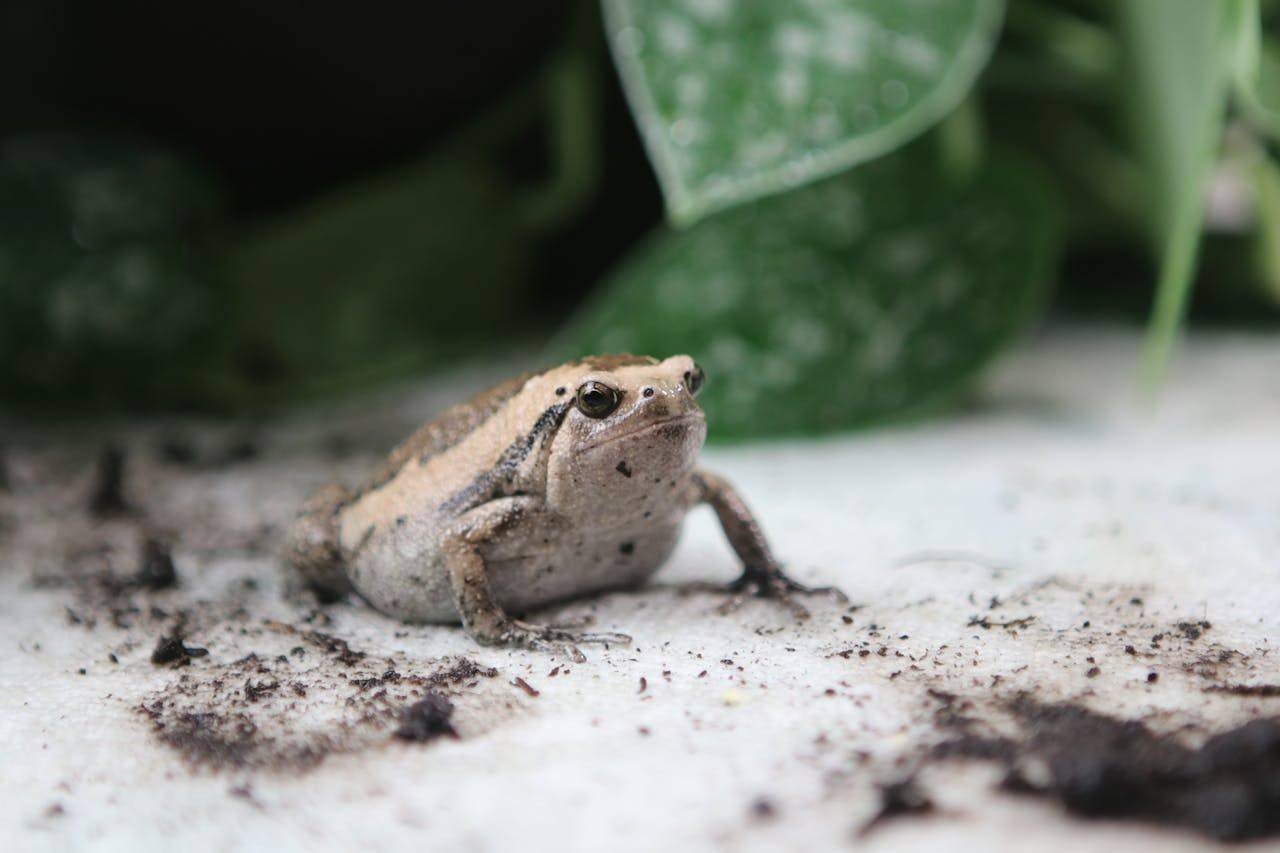As temperatures drop and winter approaches, many creatures, including frogs, seek refuge to survive the cold months. By making your garden a frog-friendly habitat, you can support these essential amphibians through winter. Here are some practical steps you can take to help frogs overwinter in your garden:
Create a Welcoming Habitat
Build a Garden Pond
A pond can be a crucial feature in your garden for attracting and supporting frogs. Ensure that the pond has varying depths to accommodate frogs looking to hibernate at the bottom. Add native aquatic plants to provide cover and enhance oxygen levels.
Provide Natural Shelters
- Leaf and Log Piles:
Create piles of leaves and logs in undisturbed areas of your garden. These provide insulation and protection, offering frogs a safe place to hide and hibernate. Ensure these piles are left untouched to provide consistent shelter. - Stone Crevices and Rock Gardens:
Incorporate rocks into your garden design to create crevices and small spaces where frogs can seek refuge. These features mimic natural hiding spots found in their natural habitats.
Minimize Chemical Use
Avoid using pesticides and chemical fertilizers, as these can harm frogs, especially during hibernation. Opt for organic or natural pest control methods to maintain a frog-friendly environment that remains safe throughout the year.
Maintain Moisture
Frogs require a moist environment for their skin and overall health. Ensure your garden retains some moisture by planting native vegetation that helps hold water, or regularly watering to keep the ground damp, especially near their hibernation spots.
Encourage Biodiversity
Plant Native Vegetation
Use native plants to attract a variety of insects that frogs can feed on. Native plants also provide the necessary cover and habitat structure to support frog populations. They enhance the ecological balance and contribute to a richer biodiversity in your garden.
Support Local Conservation Efforts
Join local conservation groups or initiatives focused on preserving natural habitats for frogs. These efforts can provide resources and support for making your garden a sanctuary for frogs year-round.
FAQs About Helping Frogs Overwinter in Your Garden
Why is it important to create a pond for frogs in my garden?
A garden pond provides a natural habitat and essential refuge for frogs during winter, offering a safe place to hibernate beneath the water’s surface.
How can leaf piles help frogs during winter?
Leaf piles provide insulation and protection, creating a microhabitat for frogs to hide and hibernate safely through the cold months.
Is reducing chemical use beneficial for frogs?
Yes, using fewer chemicals like pesticides and fertilizers minimizes harm to frogs, ensuring a safe and healthy environment during their vulnerable hibernation period.
What types of plants should I include for a frog-friendly garden?
Incorporate native plants that naturally attract insects for frogs to feed on and provide essential cover and habitat structure.
How can I maintain moisture in my frog-friendly garden?
Keep your garden hydrated by planting water-retentive vegetation or regularly watering areas near key frog habitats to ensure moisture retention during dry spells.

